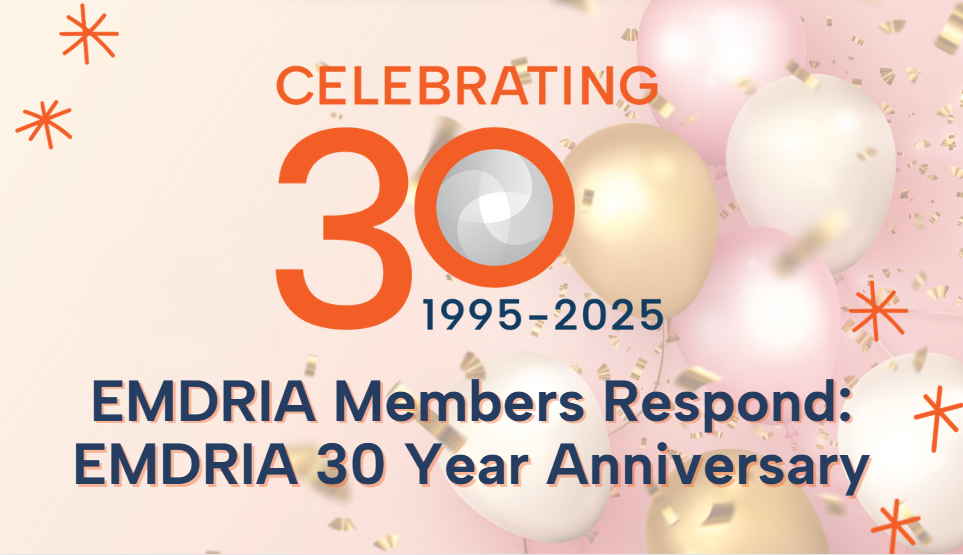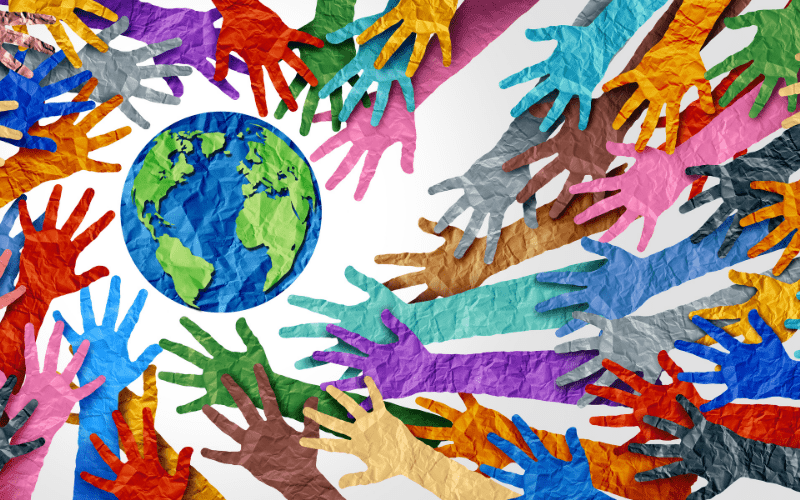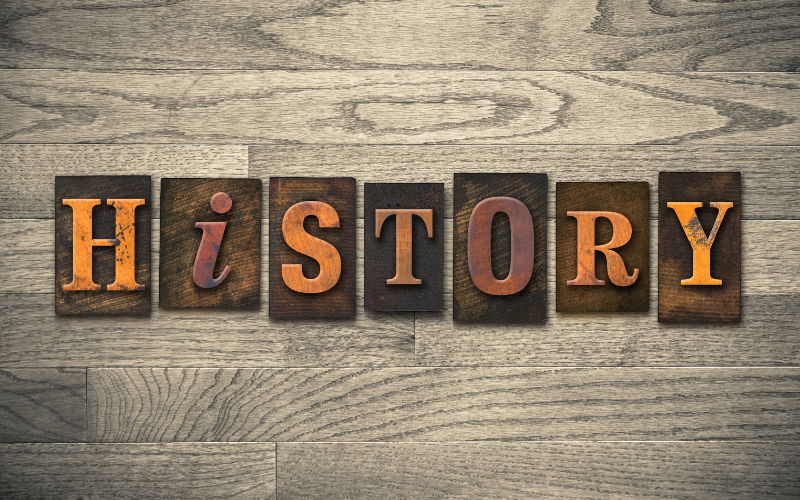“How have you used EMDR therapy to reprocess some of the challenges faced by the LGBTQIA+ community?”
***NOTE: Play the video and click on the ‘CC’ icon in the lower right-hand corner for closed captioning on the videos. *** Lili Allen, LPC *** Gabriella Cuaderes, LCSW “Many of my clients are LGBTQIA+. Being a queer person myself, has helped me to pinpoint specific negative cognitions that are shameful to speak about, such as “I am bad” or I am disgusting.” These are messages that are still being reinforced and are so harmful to queer people. I have witnessed deep healing utilizing EMDR to address these specific negative cognitions.” *** edin denison, LCSW, LICSW “It has been my privilege to utilize EMDR therapy with siblings of the LGBTQIA+ community to reprocess microaggressions into adaptive affirmations, to reduce distress associated with disturbing memories and messages of rejection, shame, and hate, and to begin the process of releasing ideas of responsibility or guilt for the responses of others. They end up being more confident in cultivating the close and supportive relationships they deserve; starting with themselves.” *** Travis Dobrey, LCSW *** Nicholas Duran, LMHC “As an EMDR therapist, I’ve worked with many LGBTQIA+ clients to help them heal from the effects of rejection, discrimination, and internalized shame. Often, we carry painful beliefs like “I’m not safe” or “I don’t belong,” shaped by years of bullying, family rejection, or societal judgment. Through EMDR, we target the specific memories behind those beliefs and reprocess them using bilateral stimulation. It’s incredible to witness the shift that happens—when someone moves from “I’m broken” to “I’m worthy just as I am.” That transformation is powerful and deeply personal. What I love about EMDR is that it doesn’t require clients to relive every painful detail. Instead, it gives their brain the space to heal naturally and reframe the experience in a healthier way. For LGBTQIA+ clients, that often means reclaiming their identity with pride, not shame. Being part of that healing journey is an honor. It’s not just about reducing symptoms—it’s about helping people feel seen, accepted, and empowered in their truth. And that makes the work incredibly meaningful to me.” *** Bianca Giurgiu, LCSW “One of the most profound challenges faced by LGBTQIA+ individuals is the invalidating message that their true selves are unwelcome or unworthy. This denial of self-expression deeply affects identity, self-worth, and emotional well-being. In my clinical practice, I have had the privilege of witnessing and facilitating the reprocessing of maladaptively stored memories tied to negative self-beliefs like, “I am bad,” “I am worthless,” “I do not belong,” “I am unlovable.” Through EMDR therapy, not only do clients free themselves from these deeply painful narratives, but they also gain the opportunity to actively construct new, empowering beliefs. Building on this transformative process, I have guided clients in installing positive self-concepts grounded in self-respect, dignity, and unconditional self-love. It is an honor to walk alongside individuals as they reclaim their worth, affirm their identity, and step into a life where they embrace themselves fully, unapologetically, and with strength.” *** Tyler Gray, LMHC “As an EMDR therapist who also identifies in the LGBTQIA+ community, I work with LGBTQIA+ individuals, many with foster care backgrounds and significant dissociative symptoms, to reprocess trauma rooted in systemic oppression, rejection, and identity invalidation. These clients often carry core beliefs like “I am unlovable” or “I don’t belong,” shaped by chronic instability, abuse, and erasure. EMDR offers a powerful path to reduce somatic distress, resolve dissociative defenses, and unlock internalized shame.I integrate expressive modalities such as sandtray, art, and movement into the EMDR process to help clients externalize pain, deepen emotional access, and foster nervous system regulation. This creative integration allows clients to process overwhelming memories while reclaiming agency and voice safely.
Together, we dismantle the debilitating effects of isolation, fear, and addiction, often survival strategies in response to long-standing marginalization. In their place, clients cultivate self-worth, connection, and the radical belief that they are worthy of healing and belonging.”
*** Steven Halady, PhD, LCSW *** Cathy Hanville, LCSW *** Jessica Hernandez, LCSW “EMDR has served as a transformative modality in which to unpack, navigate, and process through systemic traumas faced by my QTBIPOC clients. As a queer person of color myself, I recognize the ways in which we systematically face hardship and trauma throughout various aspects of society, so having a brain-based and somatic approach to moving through this deeply ingrained pain is very helpful. One way this has been supportive is with finding resilience and empowerment in one’s authentic self and being able to take the mask off through EMDR. So much of our existence requires masking – presenting a certain way in order to remain safe within the cisheteropatriarchal space. This kind of masking can be exhausting and demoralizing as it takes away from folks’ autonomy, power, and humanity. Through EMDR, I have been able to support folks with identifying and centering in their own power – power that grows from their truest, most authentic selves – in order to take their masks off and present authentically, without shame, fear, or guilt. This then allows QTBIPOC folks to feel safer within themselves, reclaim space, and be present in community.” *** Arielle Jordan, PhD, LCPC *** Jenna Kiel, PsyD “I have been working with a patient who has just come out as an adult as bisexual and non-binary (identifies as she/her). We have used EMDR to reprocess some pivotal childhood memories that has led to suppression of these parts of her identity. For example, we have been able to identify a childhood sexual assault as the beginning of major conflict that she has about her body and sexuality. We have also been able to identify moments within her family and the religion in which she grew up that made her feel forced to fit within a construct of femininity and propriety that felt suffocating to her. She still has a somewhat close relationship with her family and a peripheral relationship with her church, so we have been able to use present day triggers as well as future template to help her continue to flesh out more authentic parts of herself as well as to decide more truthfully how she wants to engage with those relationships. We would not have been able to make as much progress as we have without EMDR.” *** Rachel Klobassa, LISW *** Tiff Lanza, PhD, LCSW *** Lisa Larsen, PsyD “Beyond the usual trauma processing with all my clients, I like to use EMDR therapy with LGBTQ+ clients to address internalized shame and stigma that become embodied and part of the person’s internal dialogue. This kind of internalized stigma tends to keep people from speaking up for themselves, seeking support from others when distressed, and sometimes taking care of basic physical and psychological needs.One way I approach this is to notice when an LGBTQ+ person speaks negatively about themselves (usually when in conflict with someone else). I get them to slow down and notice the feeling that accompanies this negative self-statement. Often, they can’t name the specific feeling, but they can notice what they feel somatically. I use that moment to build a target for desensitization and reprocessing, which we can reprocess spontaneously or later on. I find it’s best to reprocess it at the moment (if the previous steps are in place and they’re sufficiently prepared). This also helps prevent the perpetuation of toxic shame in their daily lives.
*** Katie McCoy, LCSW-S “One of my favorite times using EMDR was with a client who has internalized homophobia and is a closeted bisexual man. He grew up in a very conservative household and remembers a moment at age five when he was playing with dolls with his sister. His older brother walked in and called him “so gay,” which deeply impacted him. In that moment, he realized he could never be himself and had to hide his true identity to fit in.When we targeted this memory in EMDR, it was transformative. He was able to go back to that younger self and offer the comfort and love he never received in that moment. Instead of feeling ashamed, he gave himself the acceptance he needed. Witnessing him comfort his younger self and rewrite that painful memory was incredibly powerful. EMDR allowed him to heal and release years of shame, replacing it with love and self-compassion. It was a beautiful reminder of how deeply impactful EMDR can be in helping clients reclaim their authentic selves.”
*** Tricia McGarrah, RCC “I have been working with a trans client for two years on a variety of topics, especially his strained relationship with his unsupportive parents. After I was trained in EMDR last year, we were able to target and reprocess several of his core memories involving his father and an internalized belief that he is a bad person. After each session, my client expresses disbelief at how differently he feels about these (formerly) painful memories. I was especially moved when, at the end of a recent session, my client said, “I would never do that to a kid, because I’m good. Because I care about people. Because I am strong.” EMDR has helped this client reshape their core beliefs about themselves in ways that are helping him establish boundaries and build supportive relationships in his present life. For those in the LGBTQ+ community (myself included), EMDR allows people who were ostracized, traumatized, and othered to rebuild their identity with love, acceptance, and pride.” *** Heather Navarro, LCSW “I have processed experiences of internalized homophobia due to family, culture, and religious responses to coming out and identification as LGBTQ. Individual has had successful experience at decreasing negative thinking and internalized messages from community. They have been successful at reducing their anxiety.” *** Gail Neves, LMHC “How I use EMDR working with my queer and trans clients includes targeting intergenerational or ancestral beliefs that have contributed to feeling othered or not belonging. Using EMDR tools we explore how legacy burdens, cultural norms and religious practices have contributed to faulty perceptions carried over time. I am always amazed when folx can start to zoom out and notice all the factors that have contributed to what has shaped their view of themselves-allowing a release of shame about how self perceptions evolve over time. The mechanisms of EMDR allow clients to detach, deconstruct and re-imagine how they relate to their gender and sexual identities using a non-ordinary space. Standard protocol, among several other advanced EMDR protocols, has helped provide a structured healing container for what can feel like a messy rearranging of how one relates to themself. We embrace the mess. I am honored to be a guide for folx navigating paradigm shifts around gender, sexuality and showing up authentically in solidarity. Inspiring and enhancing a sense of radical joy, compassion and acceptance in the therapy space is a privilege in healing wounds of feeling othered.” *** Indigo Oliver, LPC *** Denise Renye, PsyD “As a trauma-informed psychologist and sex therapist who identifies as queer, I use EMDR therapy to help LGBTQIA+ clients reprocess the unique and often chronic traumas they face—from early experiences of rejection, bullying, and internalized shame to systemic discrimination and violence. EMDR allows us to access and shift the deep emotional imprints left by these experiences without requiring clients to relive them in detail. For example, I’ve worked with clients to reprocess memories of being shamed for gender expression, coming out in hostile environments, or surviving conversion therapy. EMDR helps reduce the emotional charge of these memories, replacing core beliefs like “I’m not safe” or “I’m unlovable” with more empowering truths like “I am worthy” or “I belong.” It’s especially powerful for queer and trans clients who often carry trauma that’s been compounded over time. The process supports healing at a nervous system level, promoting a deeper sense of safety and self-trust. I integrate EMDR with a sex-positive, affirming framework so clients feel fully seen—not just in their pain, but in their wholeness, identity, and resilience.” *** Mary Smith, LICSW “As a queer clinician living and practicing in the Deep South, I am so grateful for the powerful gifts of EMDR. Through this work, we can process the cumulative harms of identity-based trauma without reinforcing the narrative that safety and belonging can only be found elsewhere. For queer and trans clients navigating environments that can be incredibly hostile, invalidating, and isolating, being supported in metabolizing trauma and strengthening inner resources in the very landscapes where those wounds are inflicted is so very powerful and affirming. Being empowered to disentangle our identities from the oppressive social conditions around us is nothing short of life-giving. Experiencing self-trust, connection, and embodiment in the places where we are from is nothing short of revolutionary. For me, EMDR has been an integral part of that experience.” *** Patrick Walden, LCSW, LICSW *** Amy Wiseman, PsyDBack to Focal Point Blog Homepage
Additional Resources
If you are a therapist interested in the EMDR training:- Learn more about EMDR at the EMDRIA Library
- Learn more about EMDR Training
- Search for an EMDR Training Provider
- Check out our EMDR Training FAQ
Date
June 20, 2025
Client Population
LGBTQIA+
Practice & Methods
DEI/IDEA





